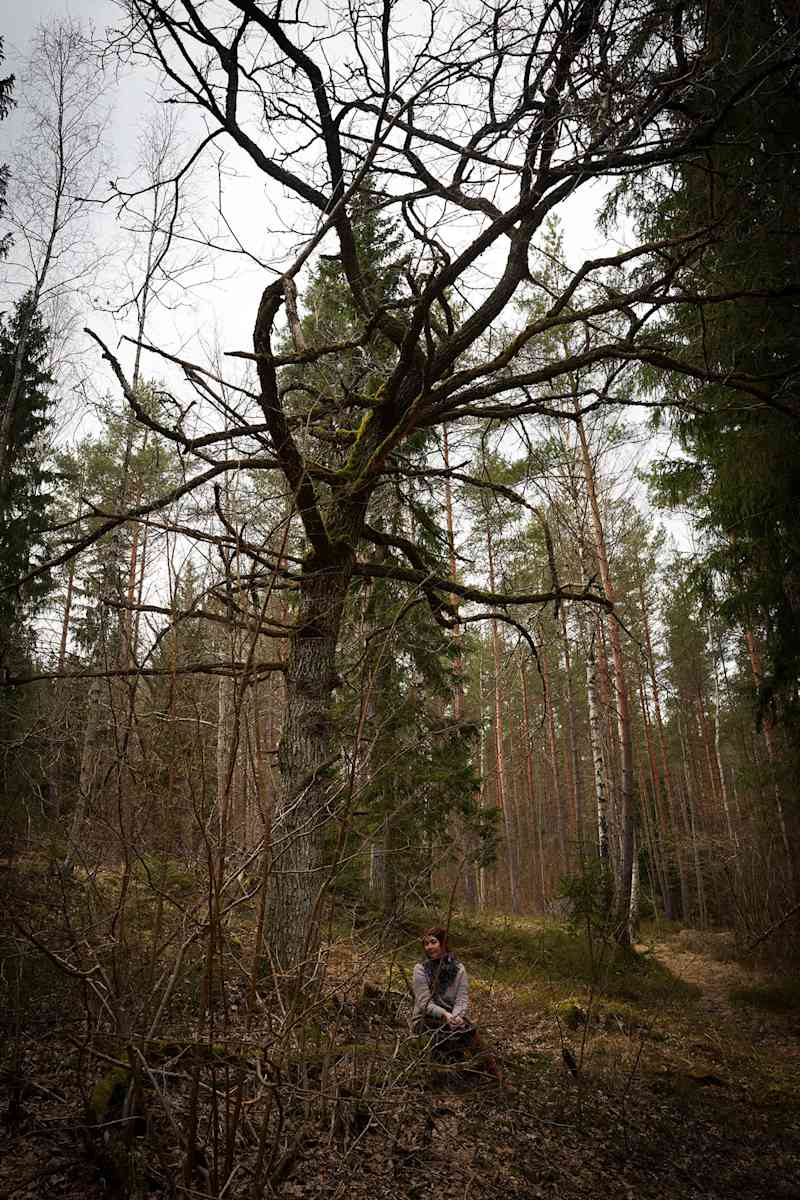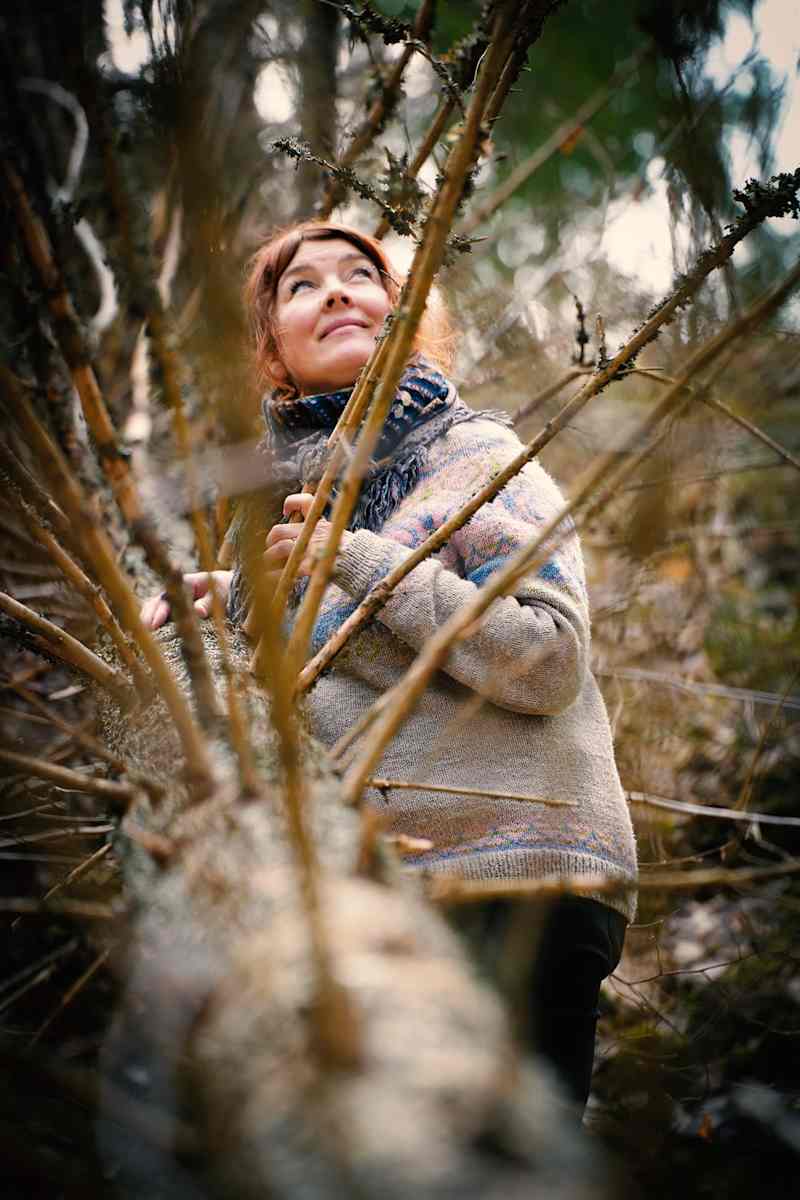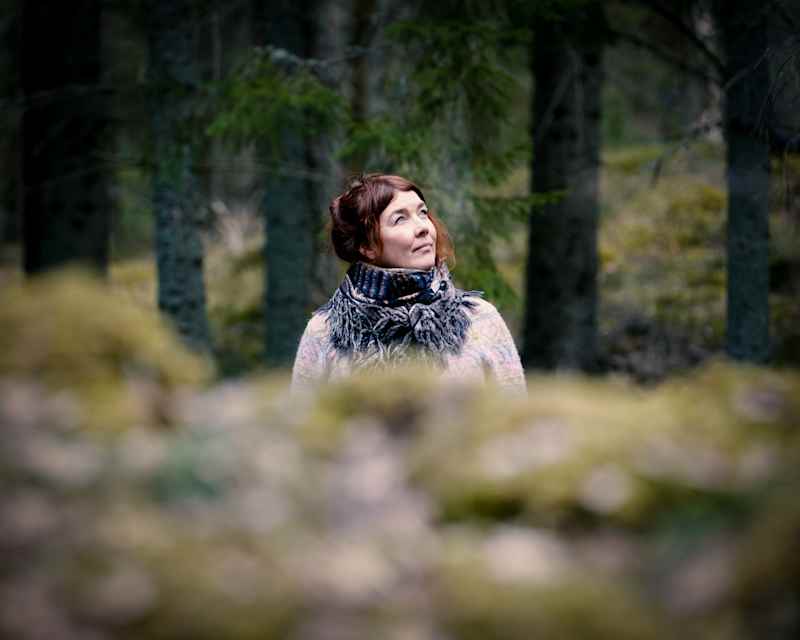Re -found ancient belief

Cultural guest, non -fiction writer Reetta Ranta has searched for information on Finnish folklore. According to him, it is not taught enough about schools.
In some tree crowns, a dart flashes: its knocking echoes around the dense forest. Occasionally, there is noise, wheel and rustling as the wind blowing the branches move.
Thousands of years ago, when our ancestors wandered in the depths of endless Finnish forests, the sound scenery has been roughly the same – if not exactly the same.

The forest consists of trees, but some trees matter more than others.
Behind the home of Fiskars on the beach, in a small forest, the sky is reached by a two -year -old loud pine tree. Wood has special meaning for the writer and other residents of the big house, for more families.
– This handsome individual feels like our holy tree. We have begun to consider how we would start to show our respect for the wood.
Nature – and also trees – have been at the heart of Finnish ancient religion. The beach has written a non -fiction book*Holy Trees*(SKS 2025)*.*
Like the beach, more and more Finns have begun to become interested in their roots and cultural heritage, which has not always been appreciated, and sometimes have been almost forgotten.
In the footsteps of ancestors
Reetta Ranta resigned from the church at the time of her first child. He felt that the Evangelical Lutheran belief did not bring meaning to life.
Instead of religion, the experience of holiness was found in the woods. This had been the case as a child when the Ranta family went on a bird and nature trip in the spring and autumn.
– Bringing such rituals to my own family and my own children seemed important. Through the restoration of nature, I also started researching my own spiritual heritage.
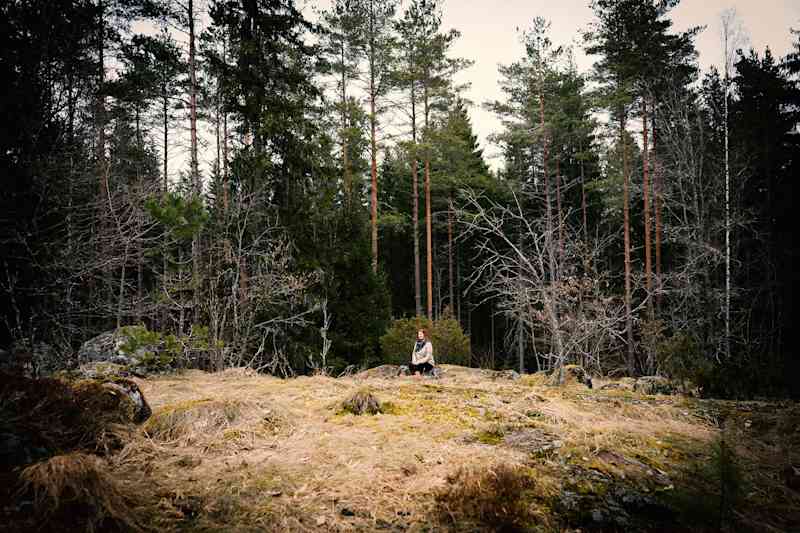
In the midst of the humming Hons, a new world was found: the enormous richness of Finnish antiquities and folklore. Things that are hardly taught at school.
– We are given a very small scratching of our own spiritual cultural heritage at school. I have to dig into it, and I’m still on that path. Many of these things seem intuitive: they may have been practiced in the footsteps of ancestors without even knowing the existence of such a tradition.
According to Reetta Ranta, there are several reasons for the centuries of ancient cultural heritage of ancient Finnish cultural heritage.
– We Finns have had a terribly poor self -esteem because we have been subordinated from both left and right. That is why we have not dared to be ourselves.
The loss and loss of me and traditions has also been fueled by the loud drug of modernization and internationality: we are finally civilized in Europeans.
– At the same time, we have lost something that makes us special compared to others.
In the past centuries, Finnish ancient religion was systematically destroyed by the Christian Church, which has landed in Sweden. On the other hand, the East Orthodoxy also sought to blend old traditions.
– The church was powerful, it wanted to control people’s lives, and that is why it was aimed at destroying the antiquity out of sight. Because of the activities of the church, for example, the tradition of holy trees has almost disappeared. However, it has also been the reason for urbanization and the change in the living environment.
There are crowds and power in the holy tree
Holy Pihlaja, Senior god Ukko’s spouse Raun’s title tree. Many may have noticed that the top five strain has been pressed at the top of the deep -orange rowan berry, which has been a symbol that has been protected since the ammunition.
Some time ago, the beach participated in a shamanistic retreat, where for ten days, the ancient sacred places of the Saimaa area were toured. In the retreat, the beach was named Pihlajatar. The tree is also tattooed in his hand.
Pihlaja also has a story that is both personal and important to the beach. Thirteen years ago, the beach sensed how Pihlaja, who was growing in Kaivopuisto in Helsinki, invited her to her.
– The next day I heard that my sister -in -law had died at about the same time I had been to the tree. Now the tree reminds me of a beloved person. It seems that when I visit a tree, I also visit that person with that beloved person.

Pihlaja is one example of an important role of trees in Finnish ancient religion. Trees – and especially the sacred trees – have meant the spiritual dimension and connection with the ancestors, the holders and the mighty gods and the goddess.
In ancient times, a protective and lucky, sanctified tree was left near the new house. The holy tree may have been special in appearance, it may have been growing in a strange place, or it has had, for example, the charred traces of the lightning strike. It was thought that such a tree had exceptional people, or power.
On the other hand, there were entries for the deceased. Bear trees have also played a significant role. In the past, bear hunting was a ritual with plenty of symbolism, rules and details.
The idea was to try to return the bear’s soul to the heavens, from where it could return to the forest as game. This meant the maintenance of the balance and the game was made more recently. Thus, the skull of Otso was hung on the branches of the dedicated tree, the Kallohonga.
– The more I have learned from the trees, the more I appreciate them. Alongside the trees, we humans are growing in adults, not to mention that man is quite fresh as a sport compared to the trees, says Reetta Ranta.
The beach sees a lot of colorful dreams – would it be the reason for a handsome foot in the corner of the bedroom, which in folklore is a tree of shadows and a lower world?
– I find it fun to think that this foot can also have an impact on my dream world.
At the heart of the Finnish soul
White white, colorful feather. A slightly mossy deer skull has already been found in the forest. The beach has built altars in the yard and in the nearby forests, where he puts small gifts to the forest.
The logic is similar to that of the bear: it is about the reciprocity of nature and human activities based on the indigenous religions around the world.
According to Ranta, a modern person can learn a lot about the nature of ancient Finns.
– You can only take the nature from nature that you need. And you always have to remember to leave the forest spirit, birds and ancestors a little thanks to what nature has provided us. As we have been mushroom, we have always given a little back: according to the mushroom catches this has proven to be worthwhile, says Ranta.
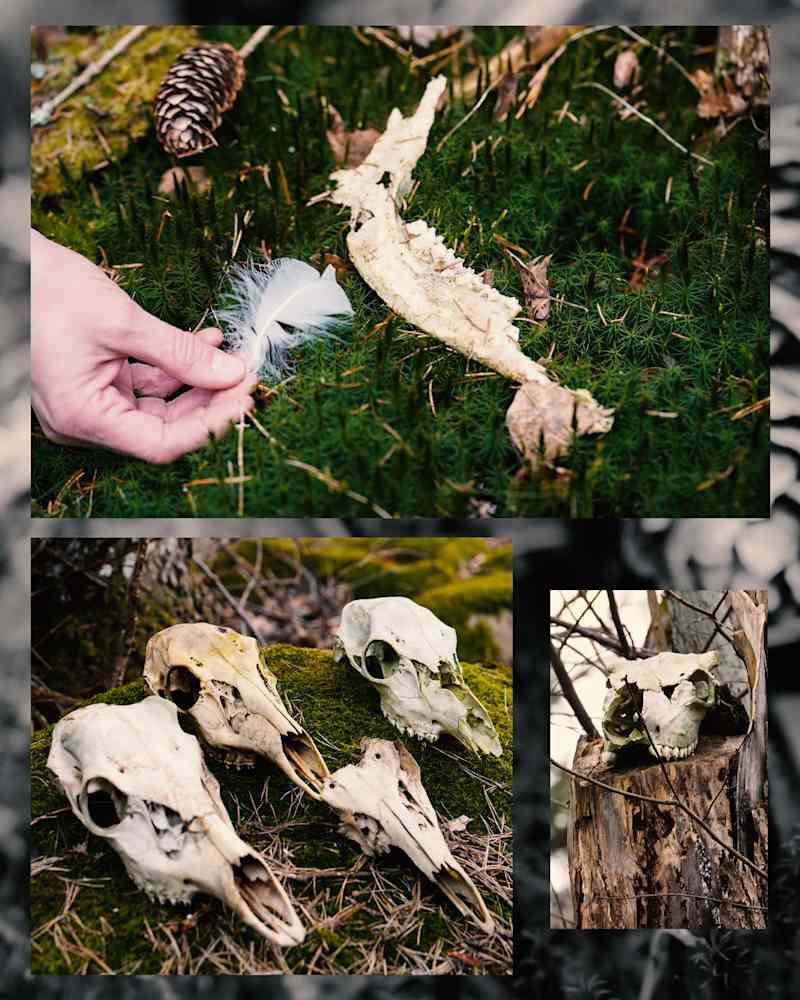
Recently, * Holy Trees * Fiction Book (SKS, 2025) was published on the beach. At the end, instructions are given to protect a single wood or natural monument.
– Holy trees and places are part of our cultural history, part of our Finnish soul concept. This is at the heart of Finnishness, and that is why we are as we are. If we forget about the importance of the saints of our ancestors, then who are we?
There is a rustle of the shadows of a nearby spruce. The big black bird is leaving and disappears into the dark green labyrinth.
It’s a blackberry.
